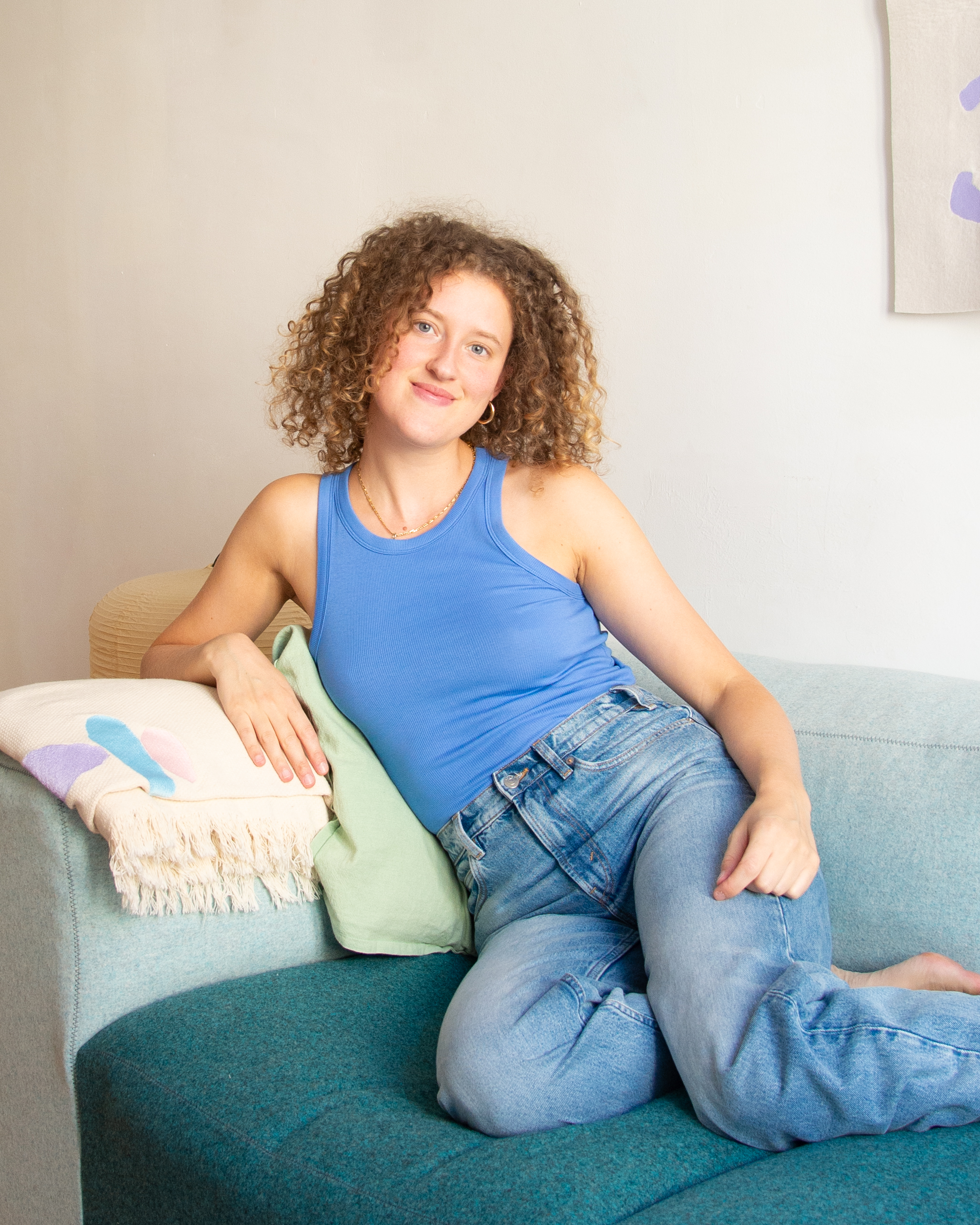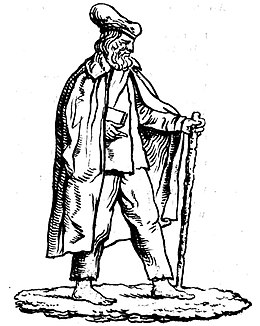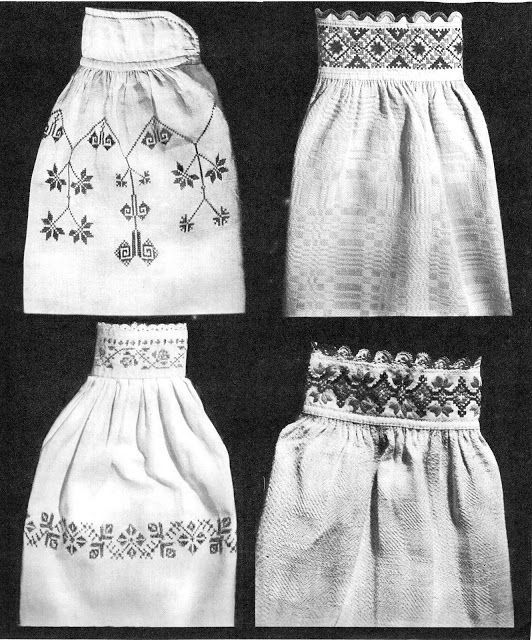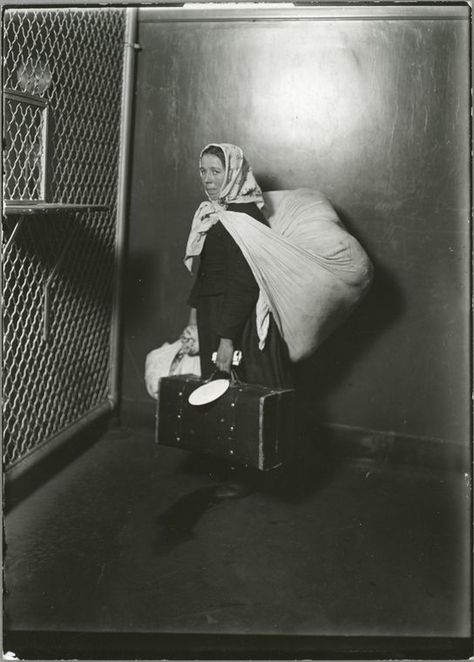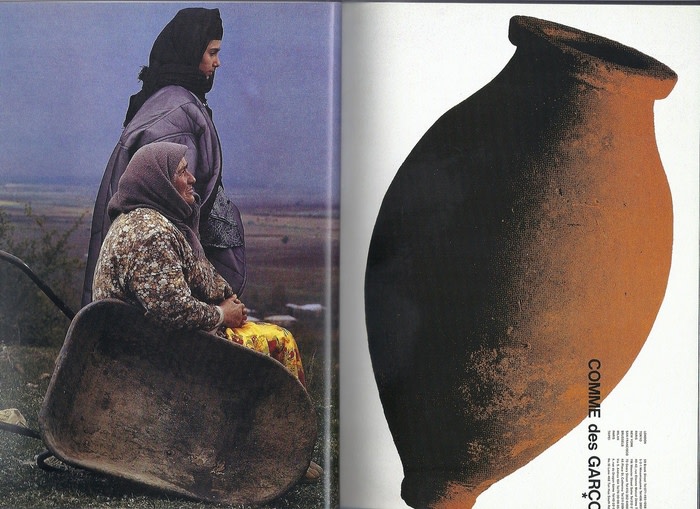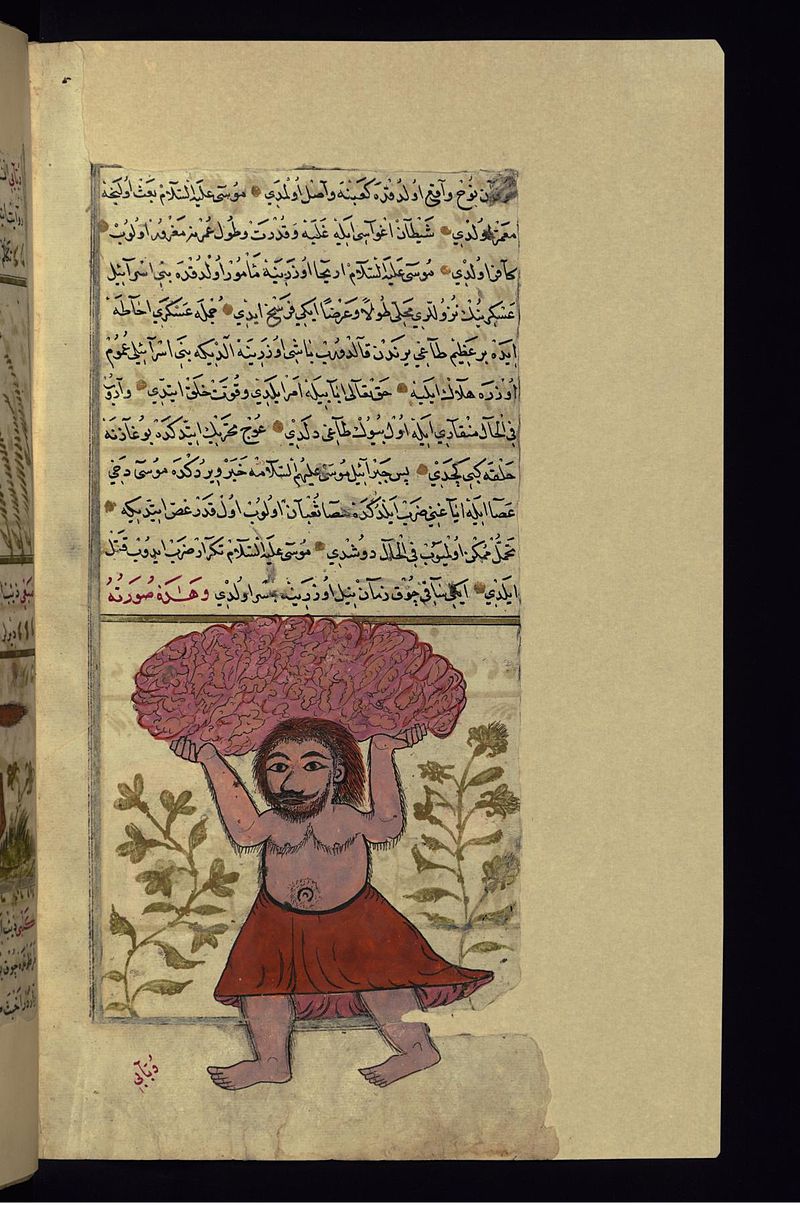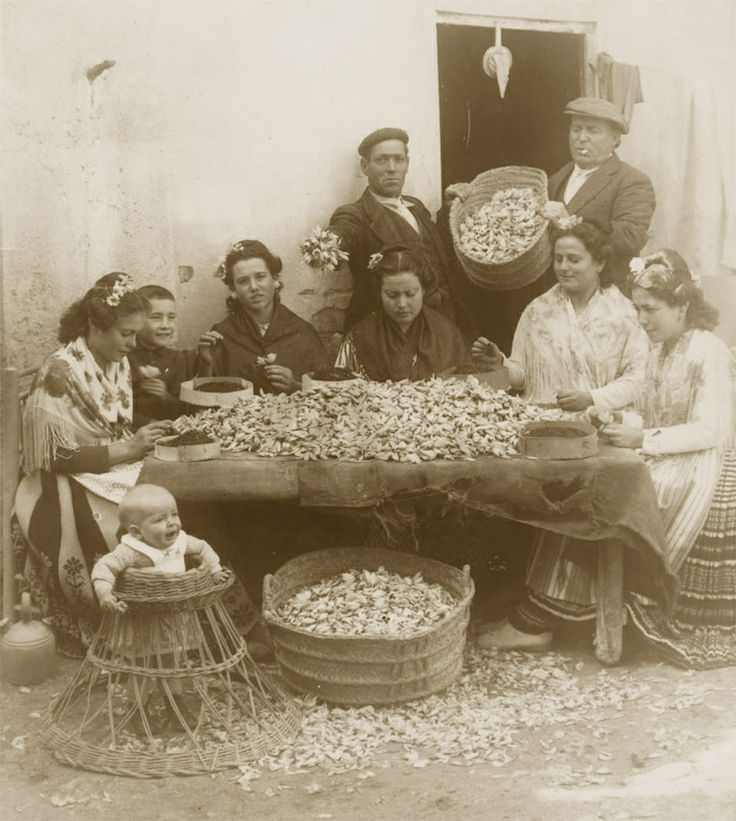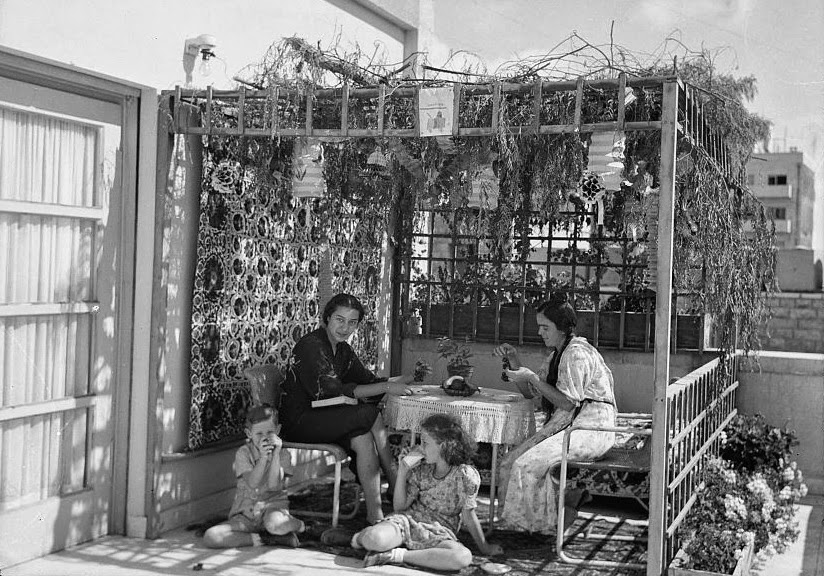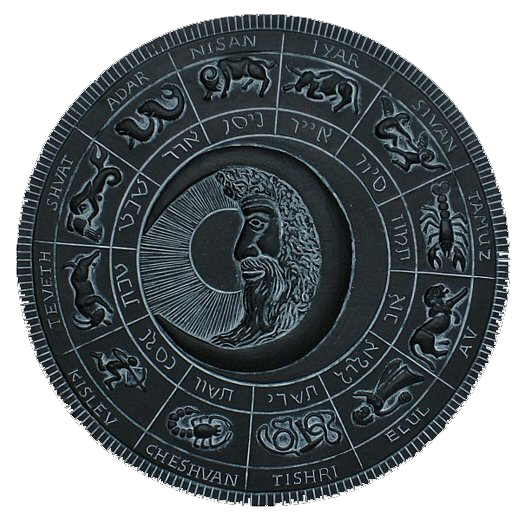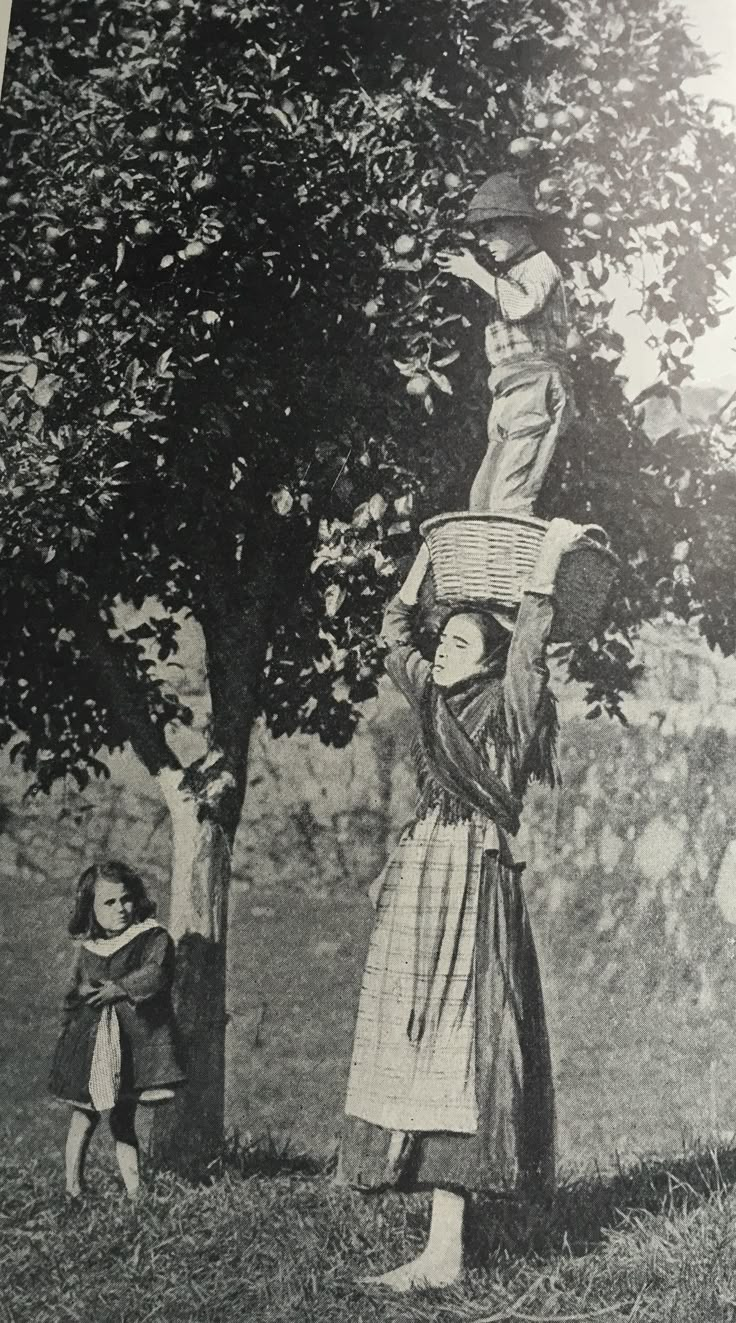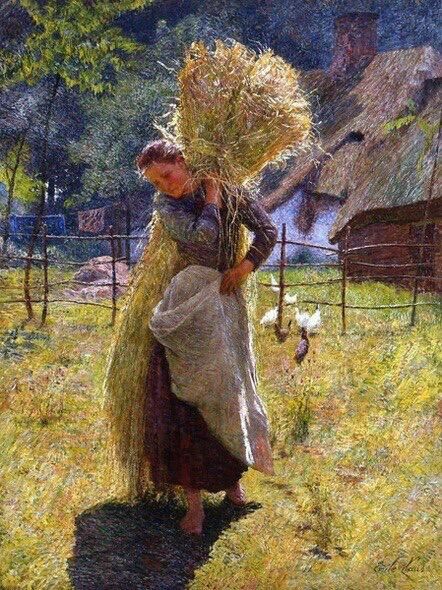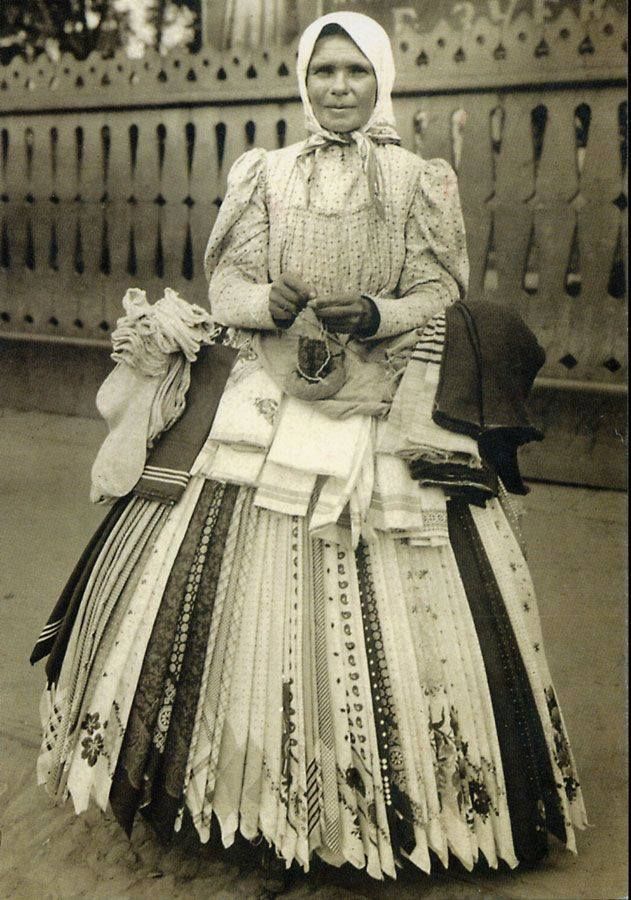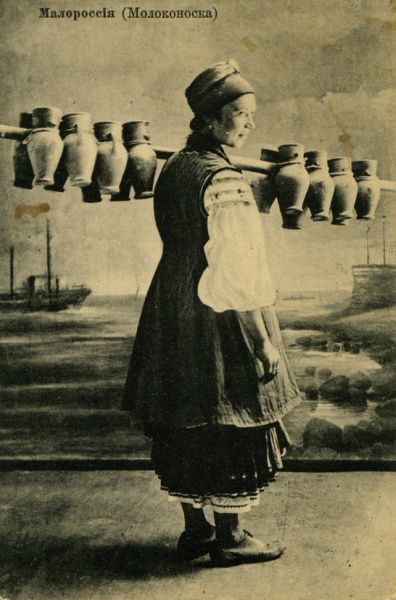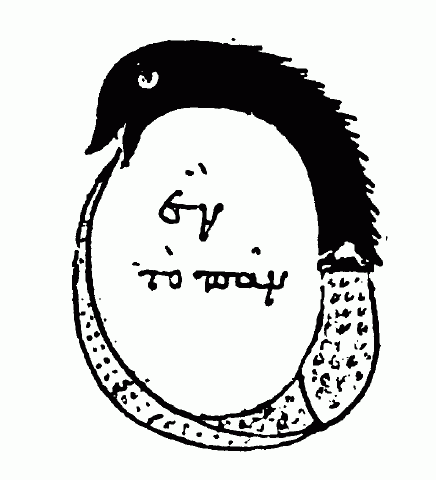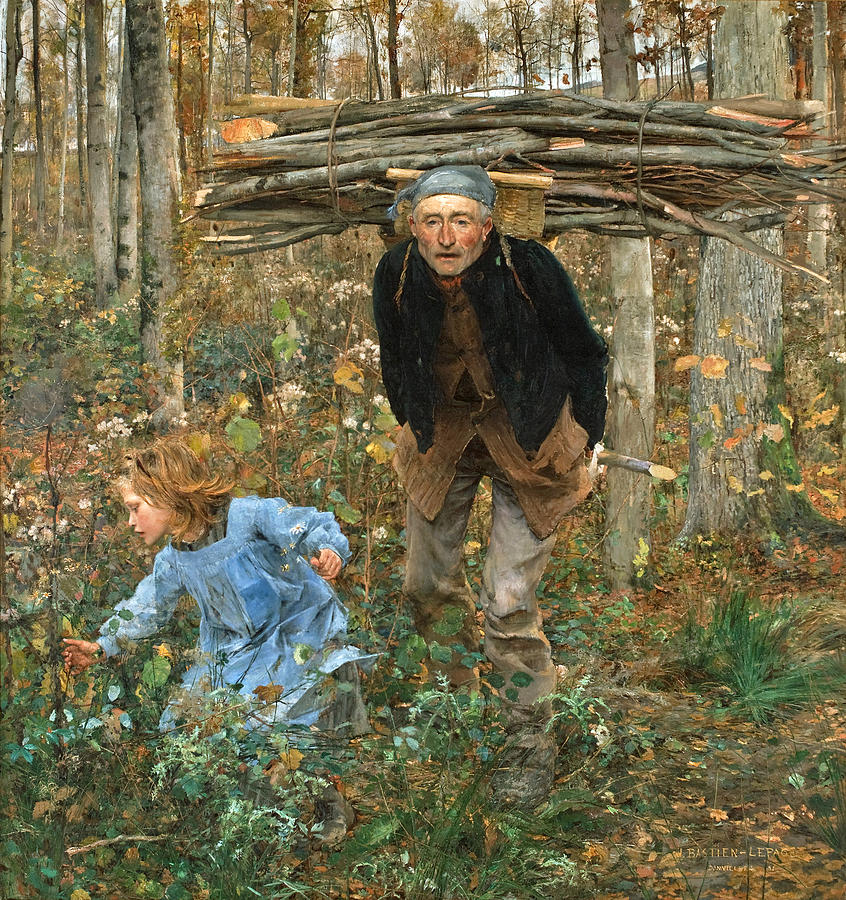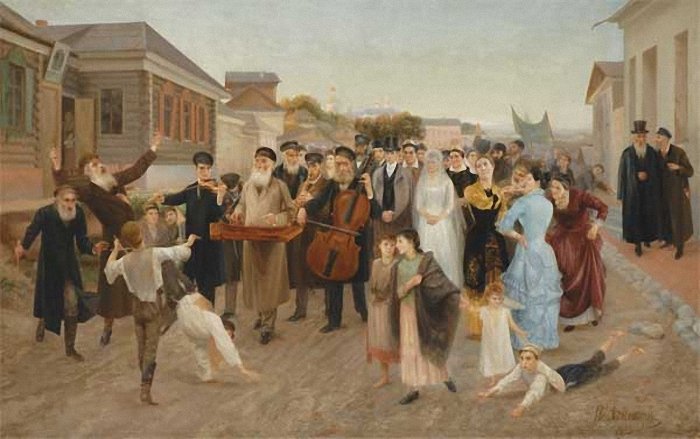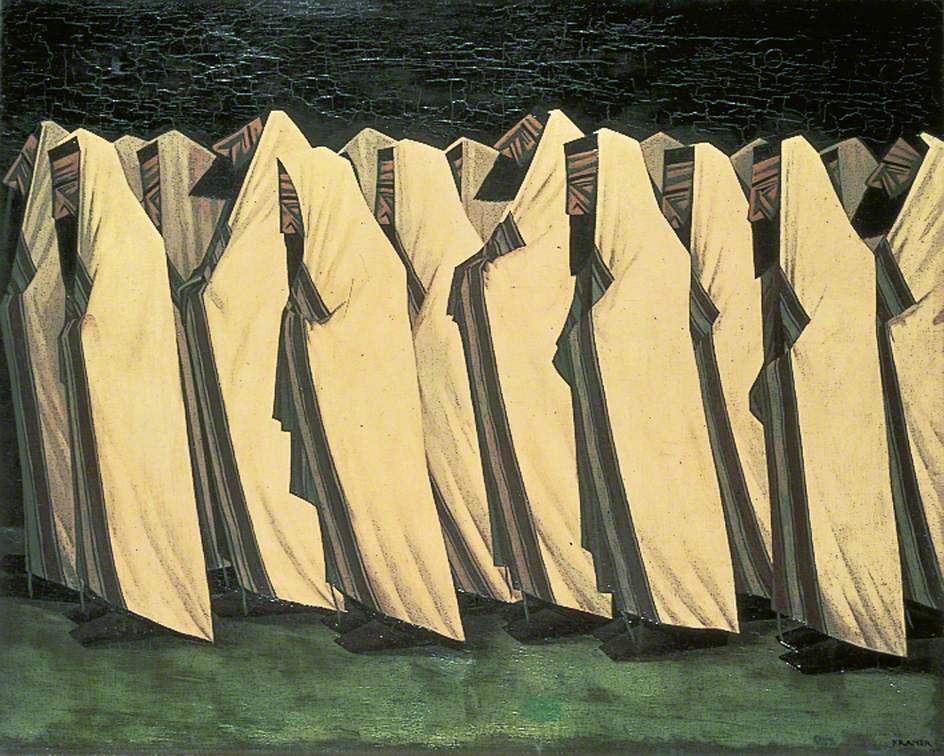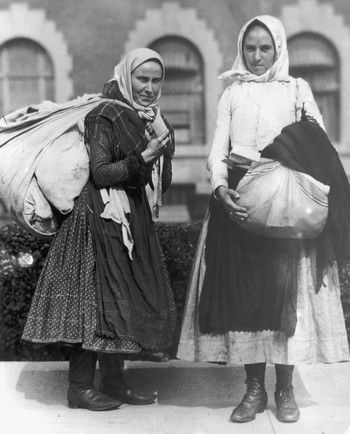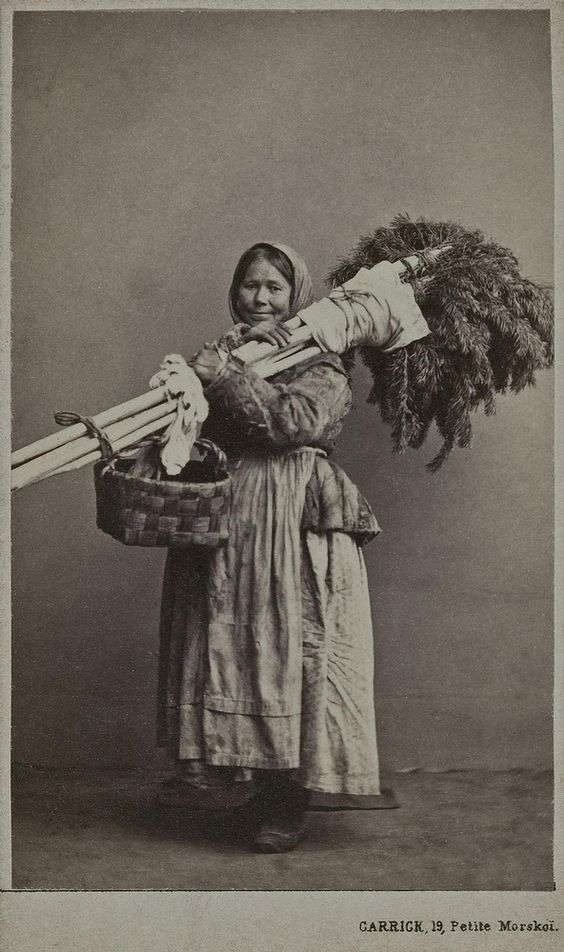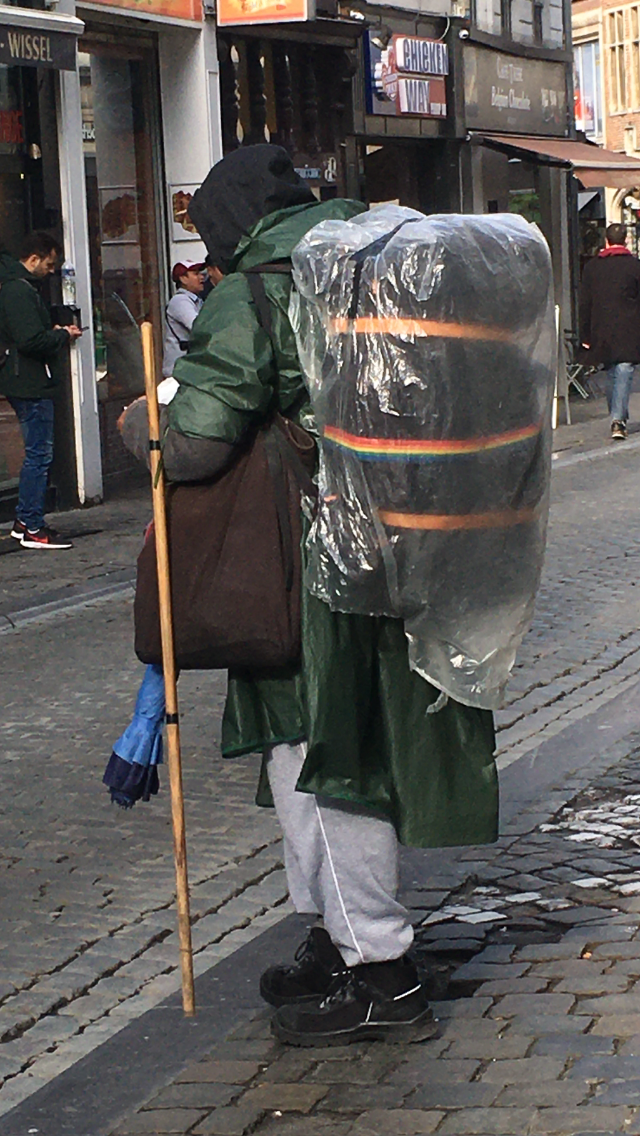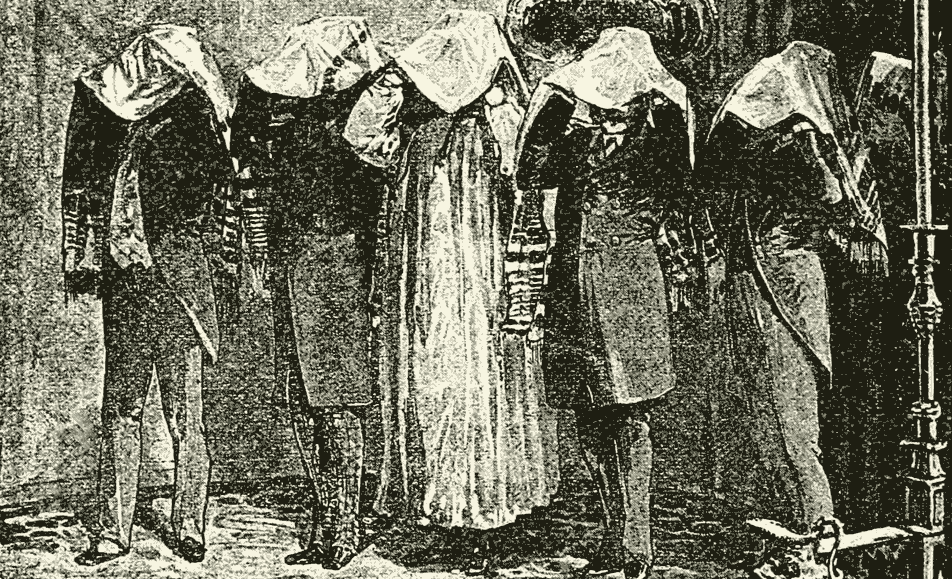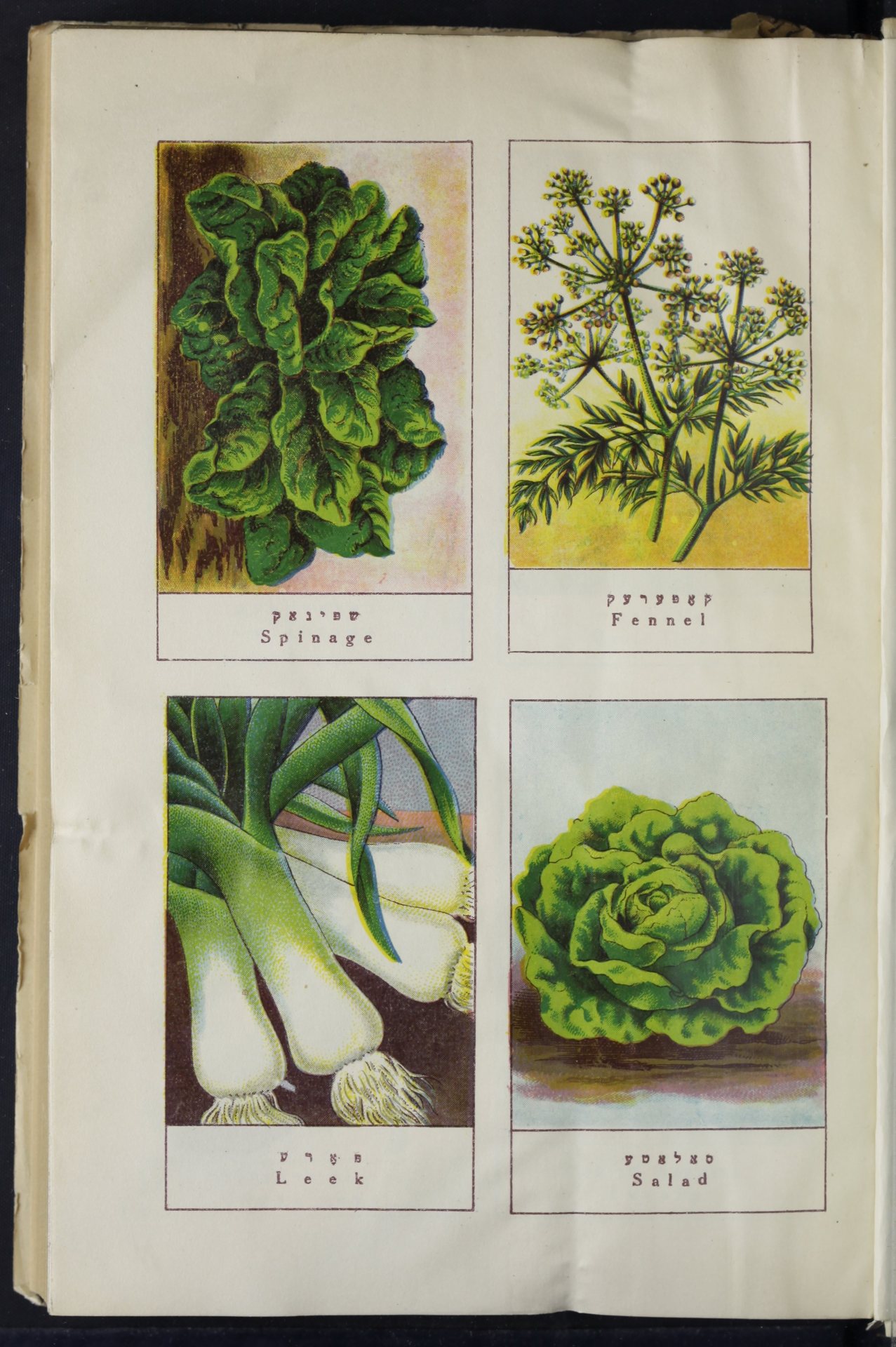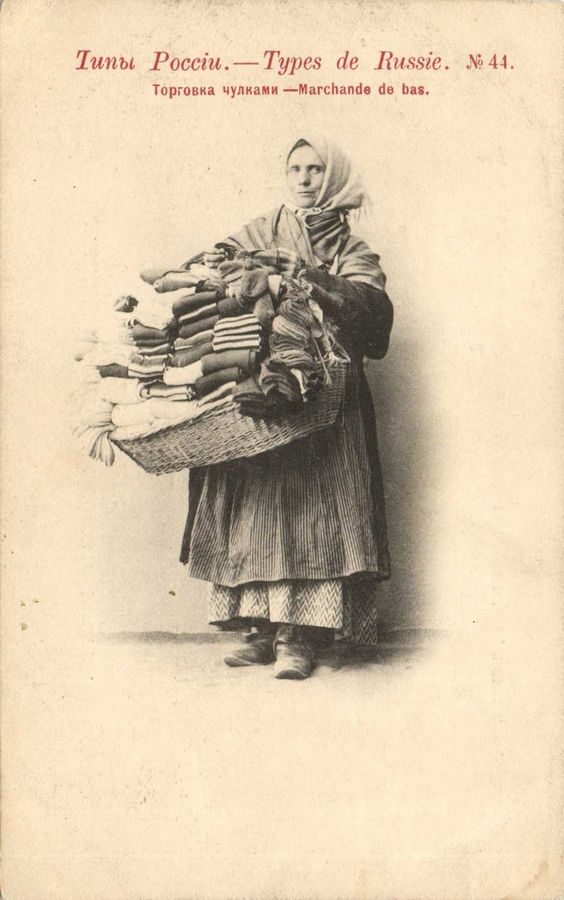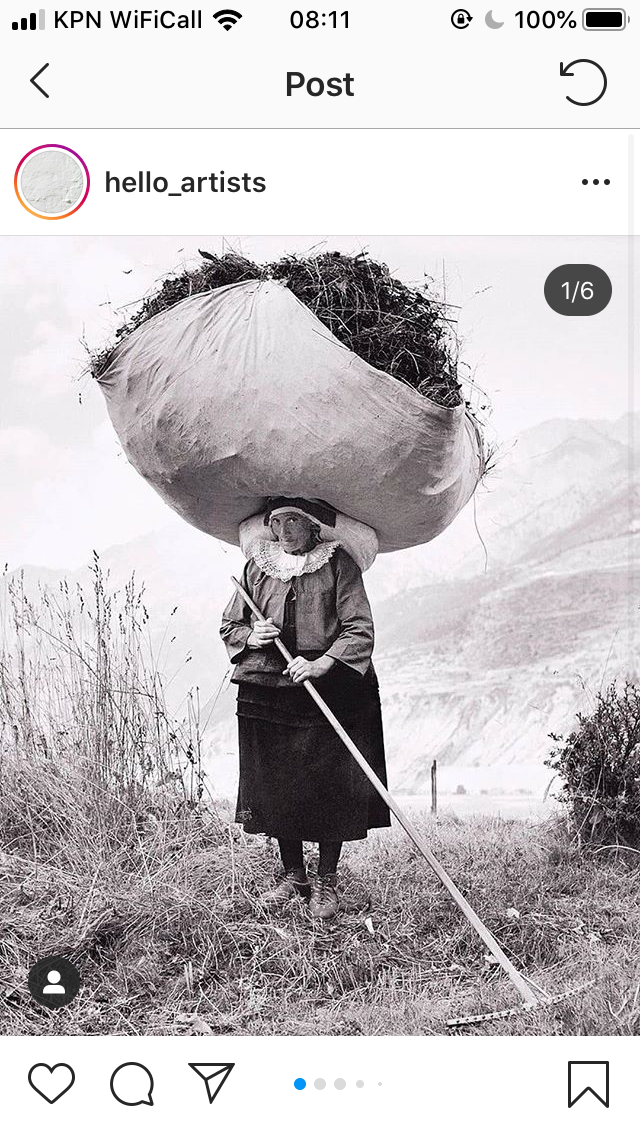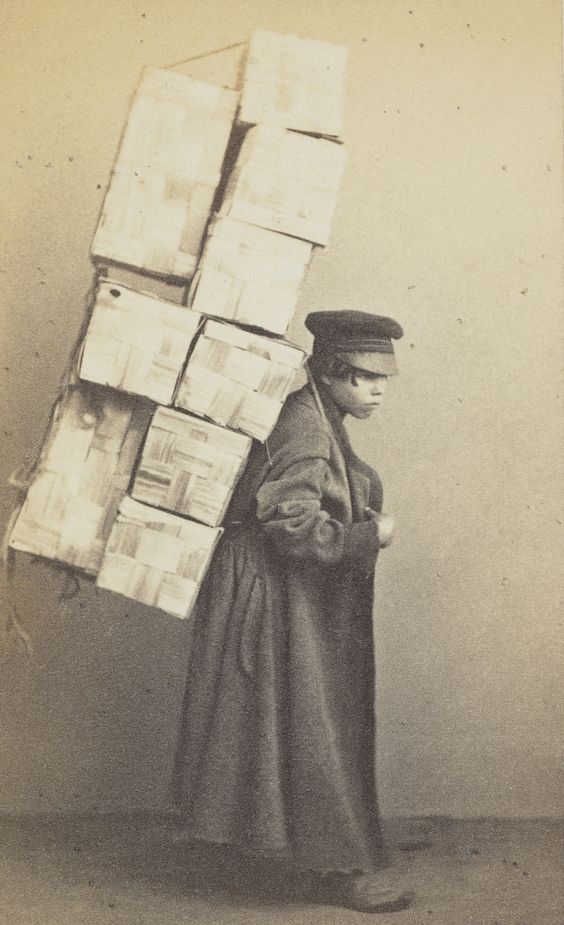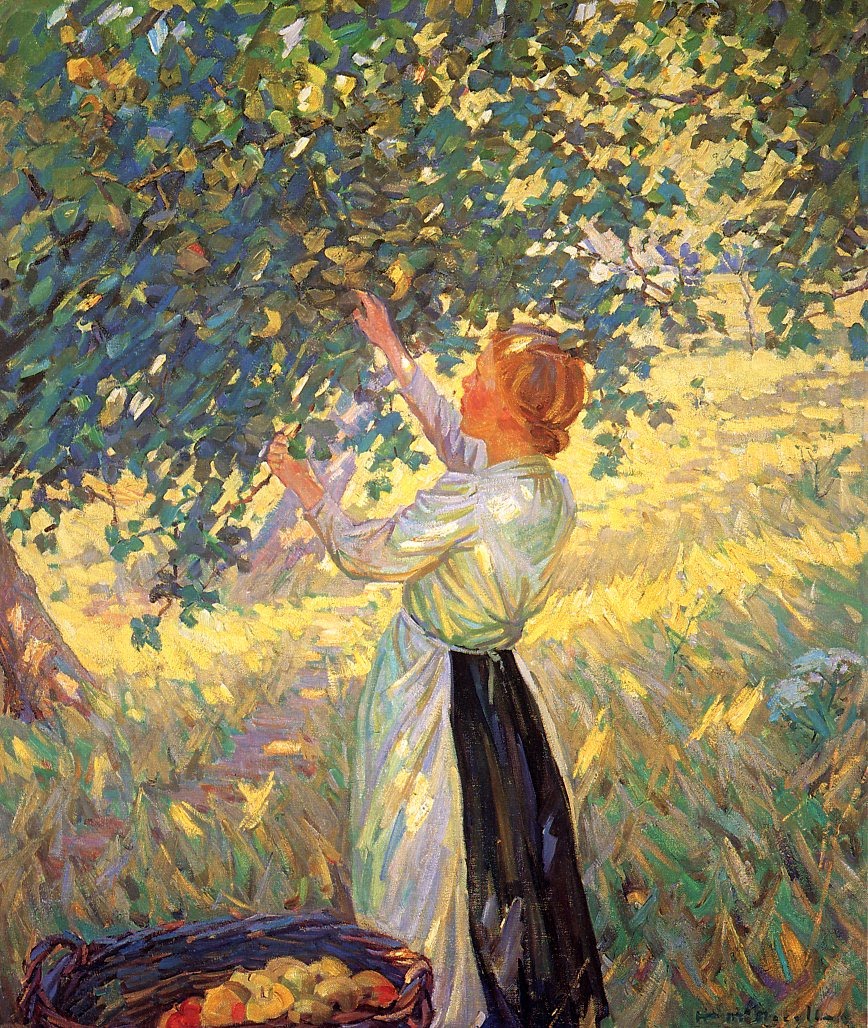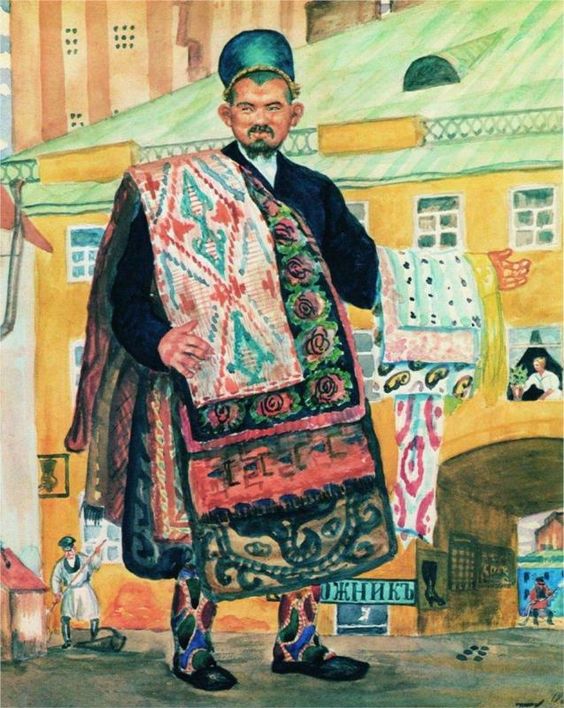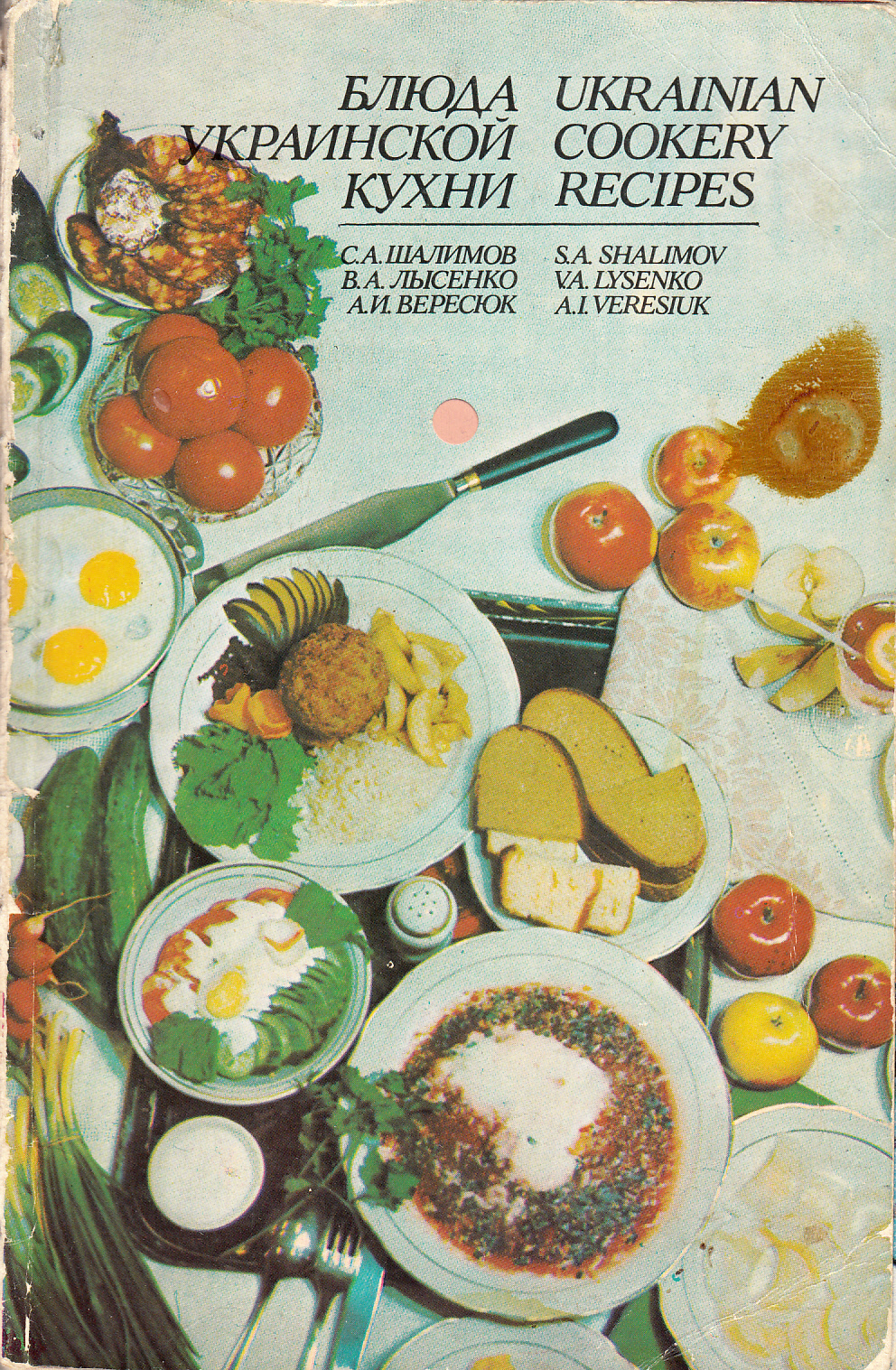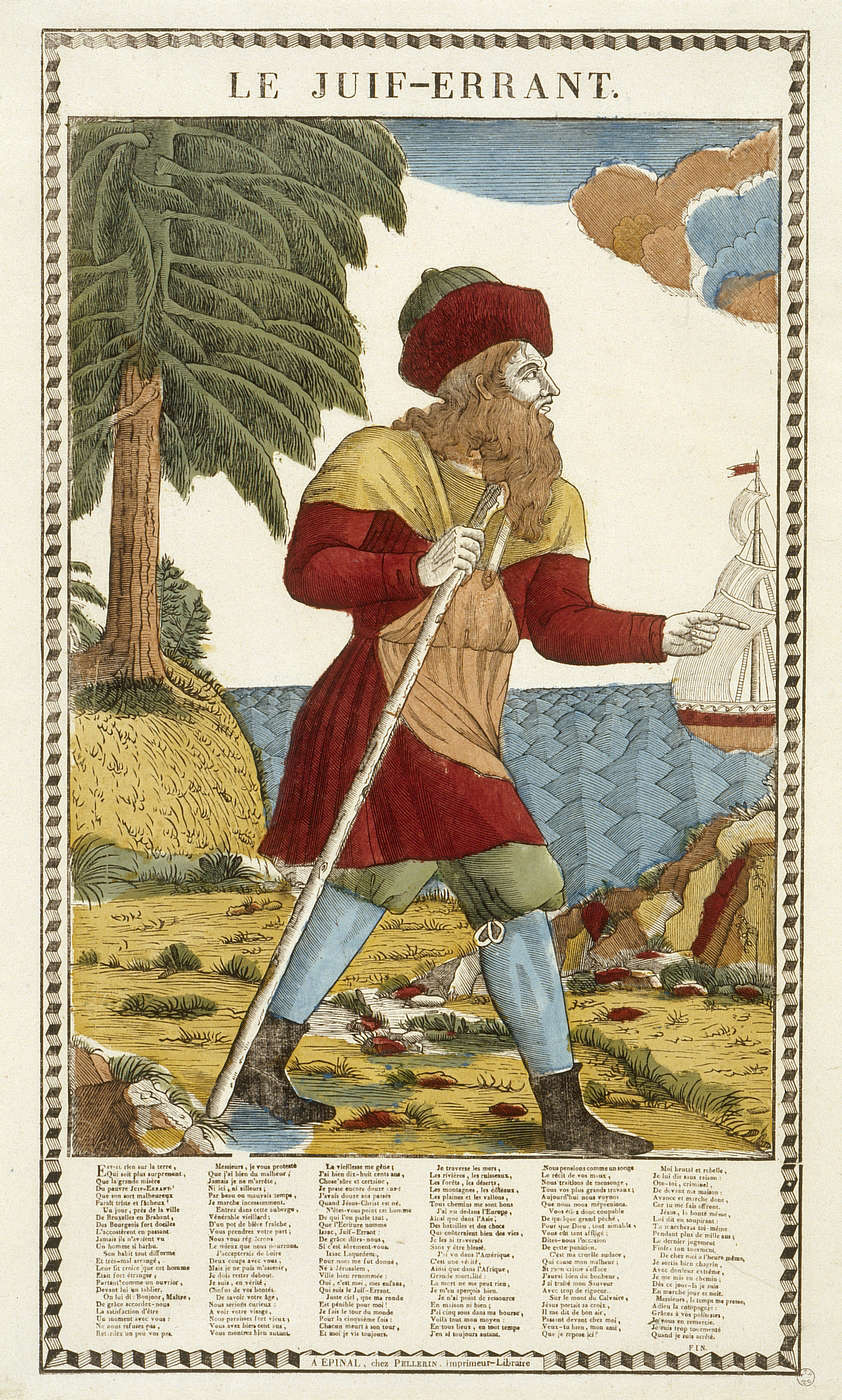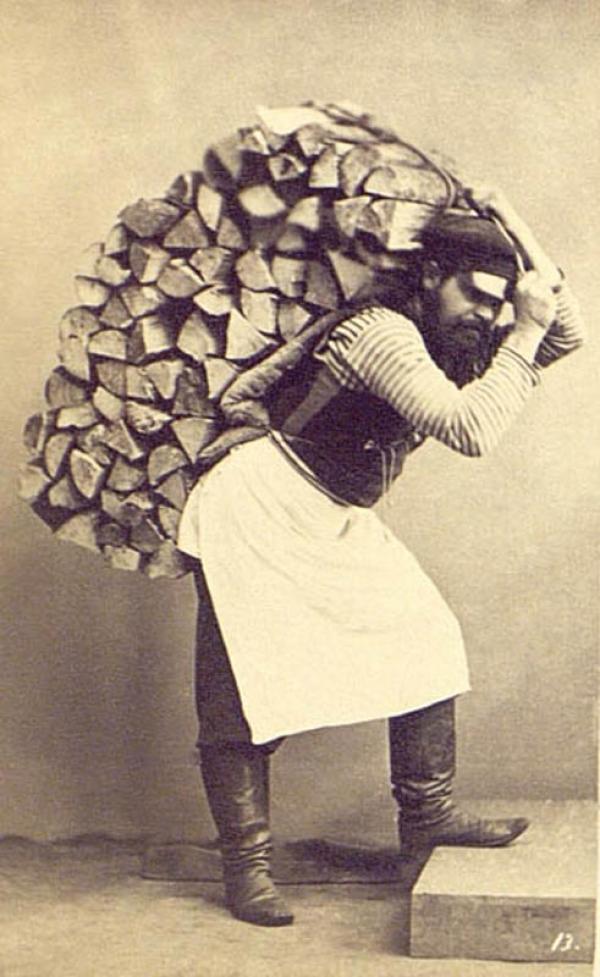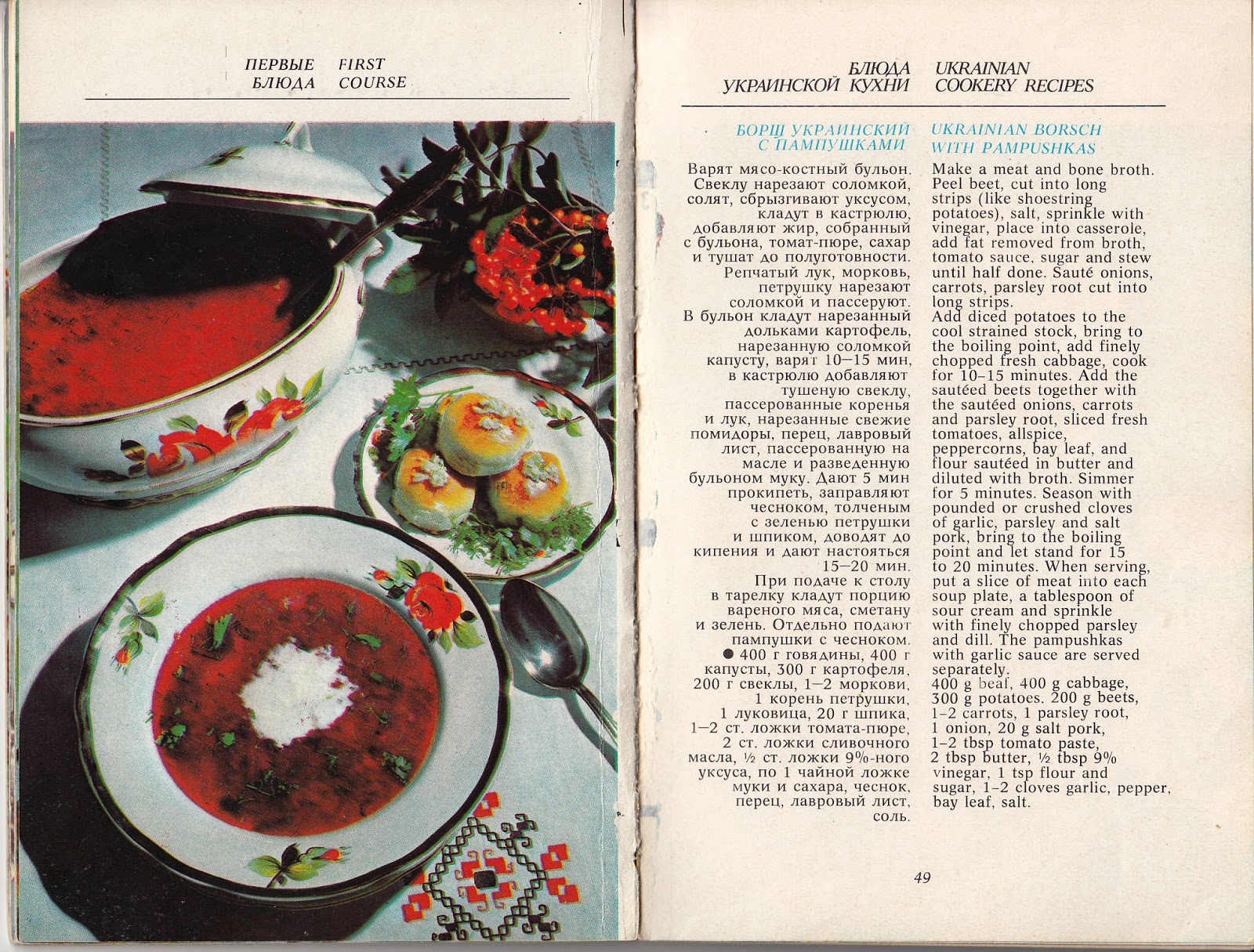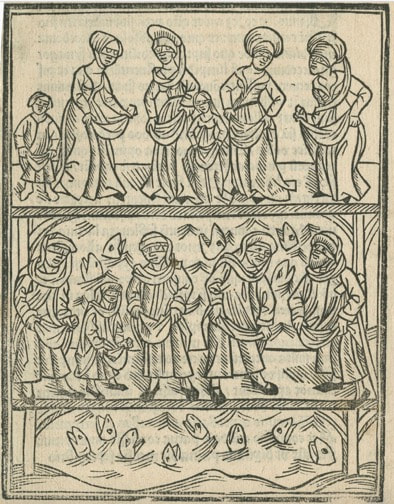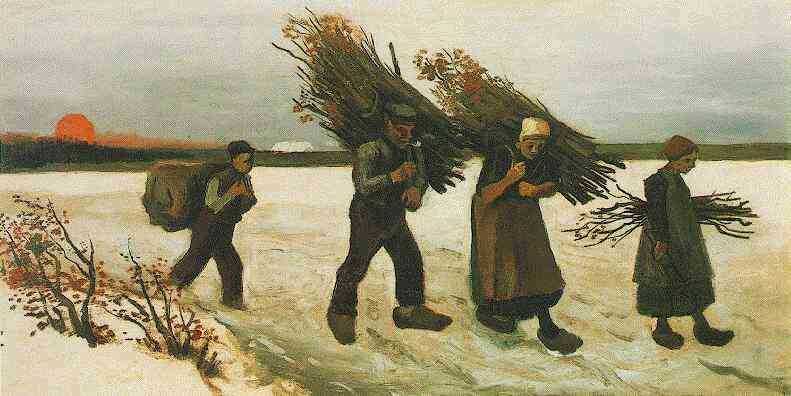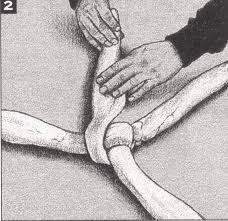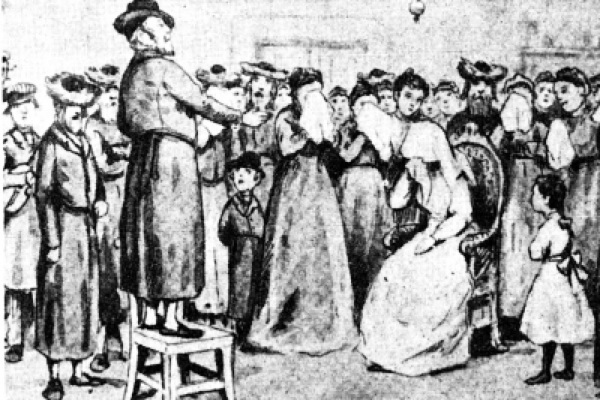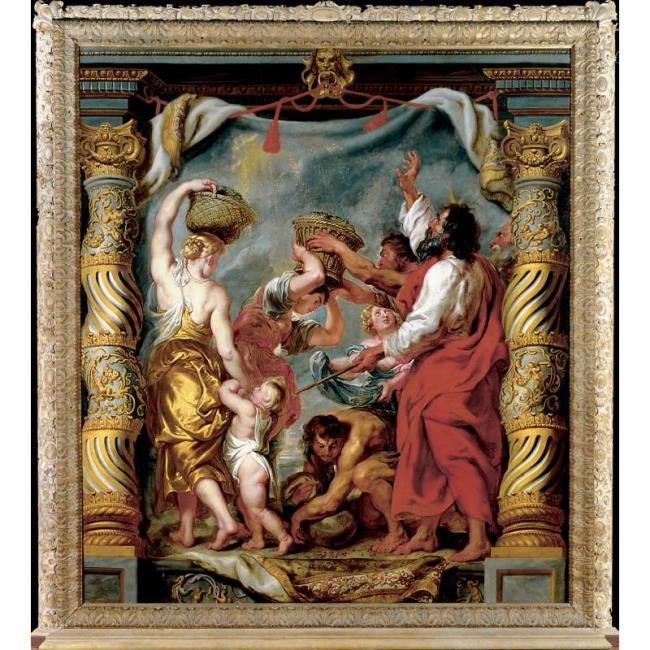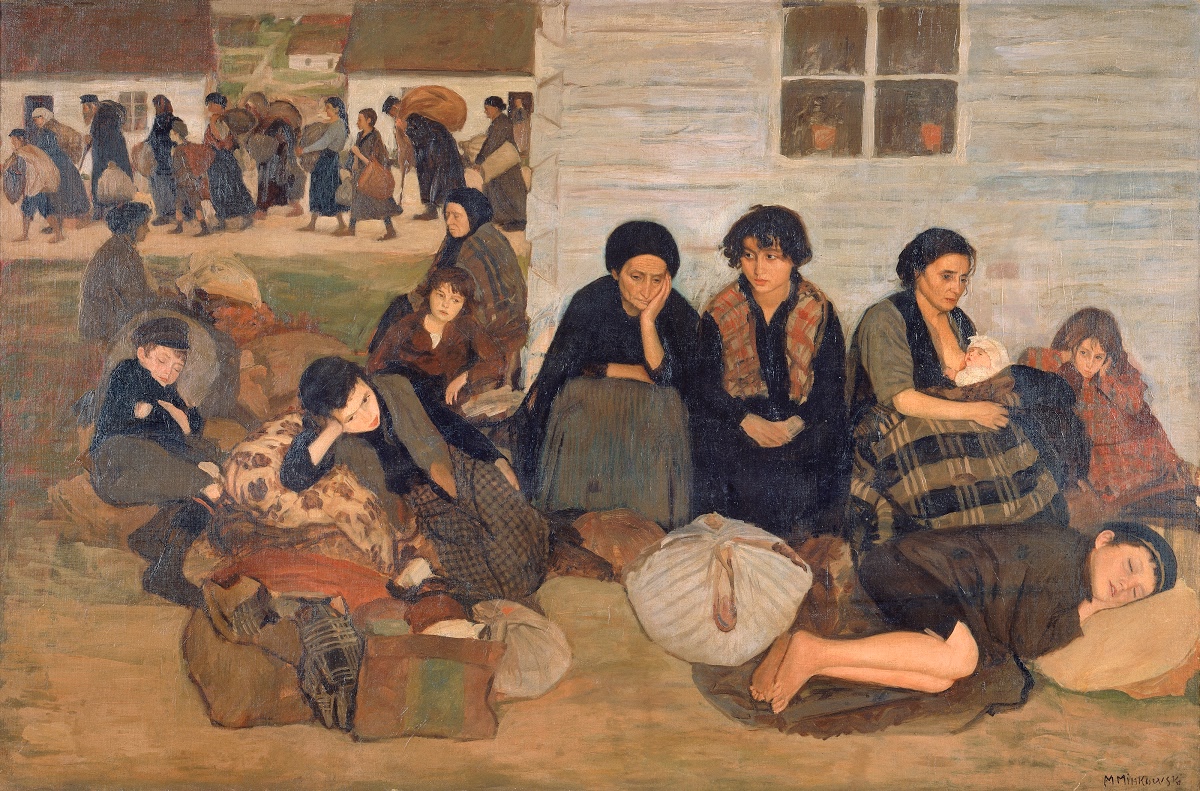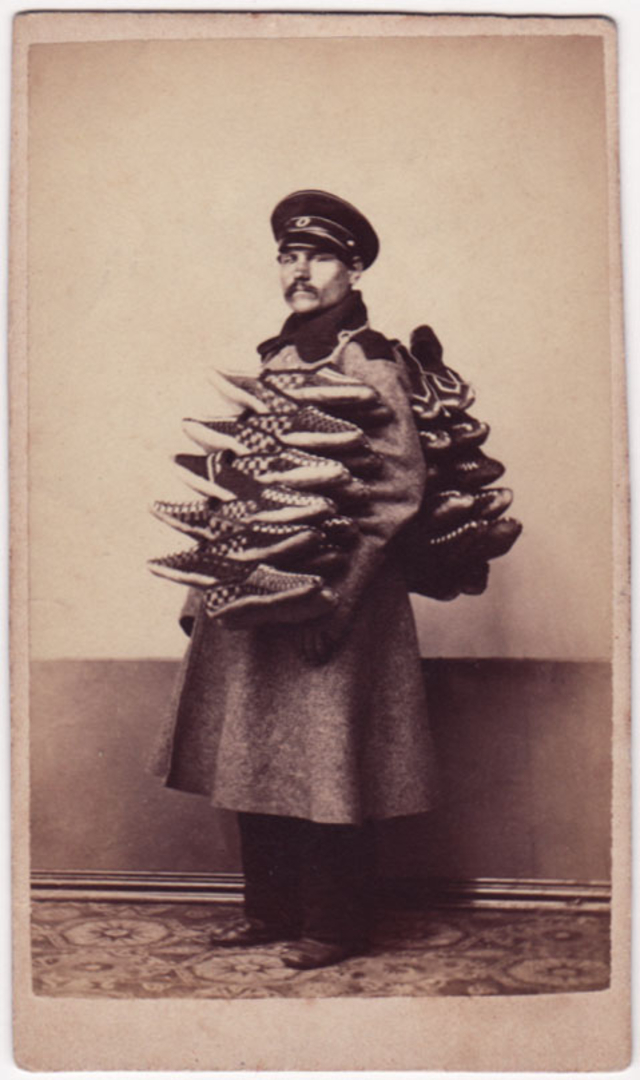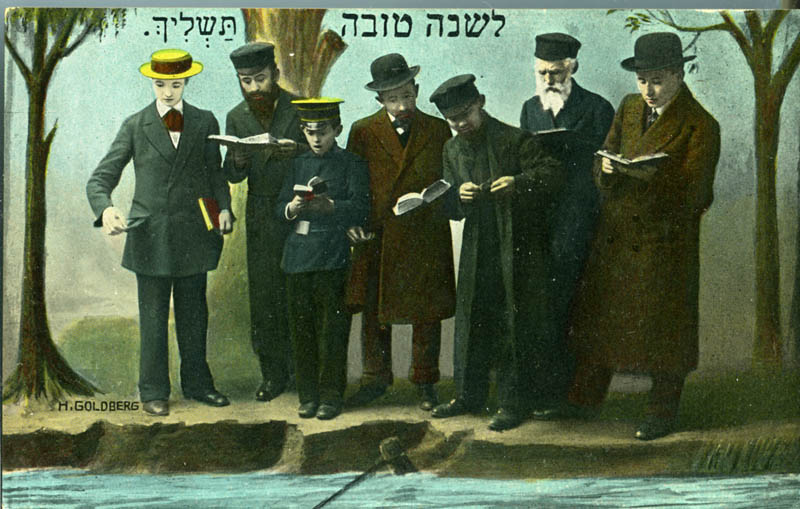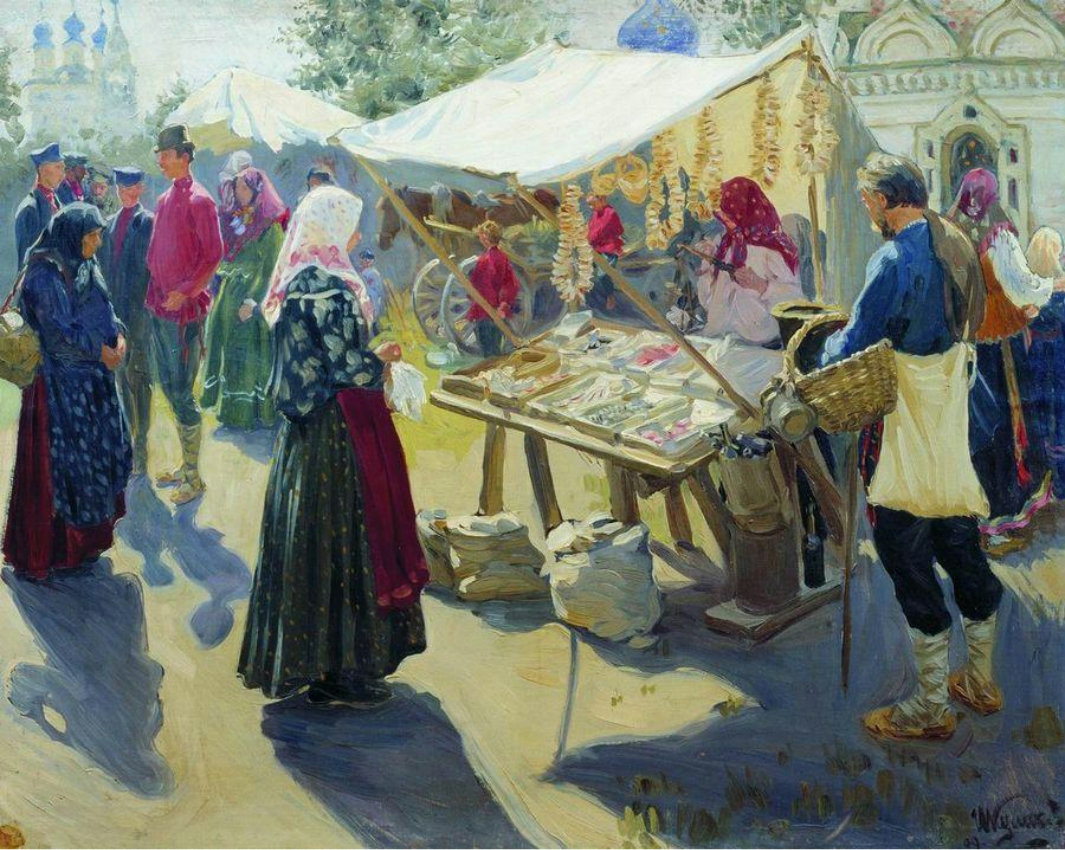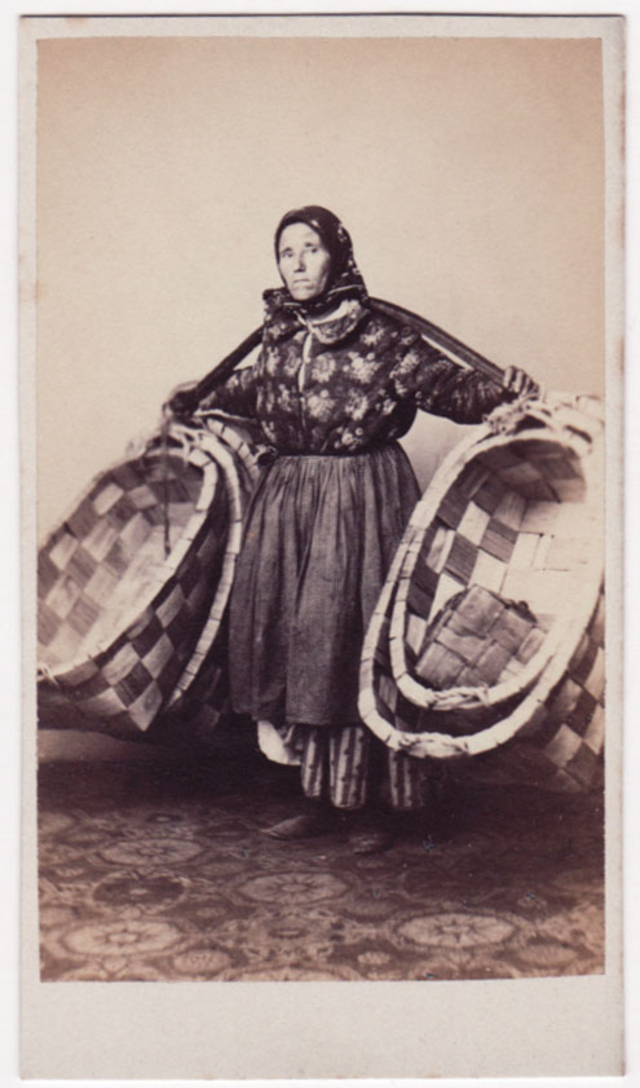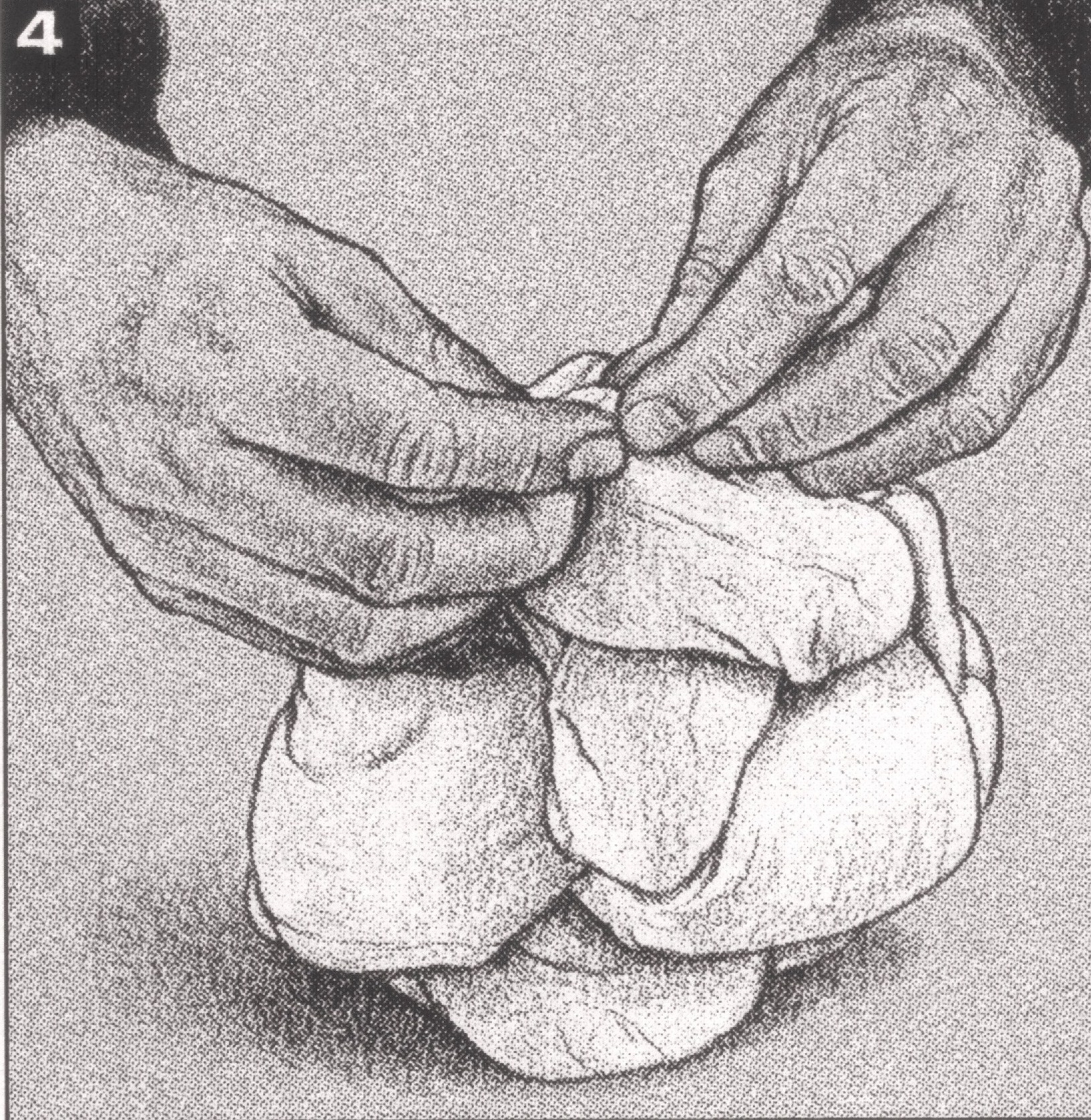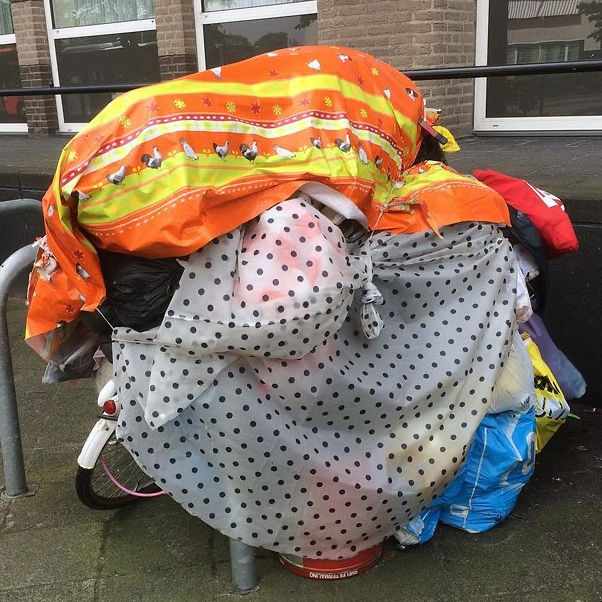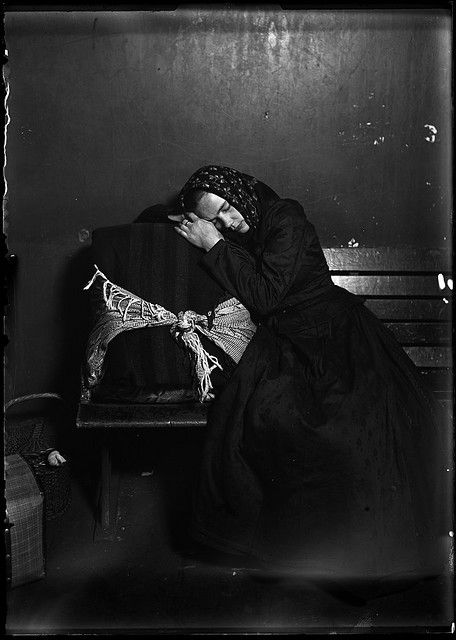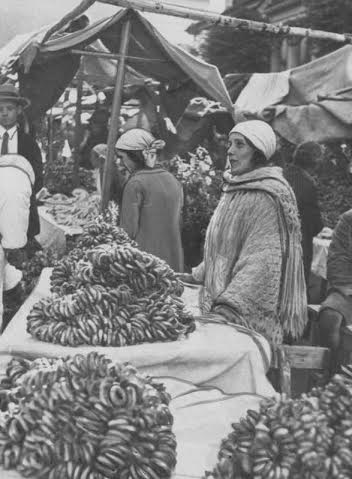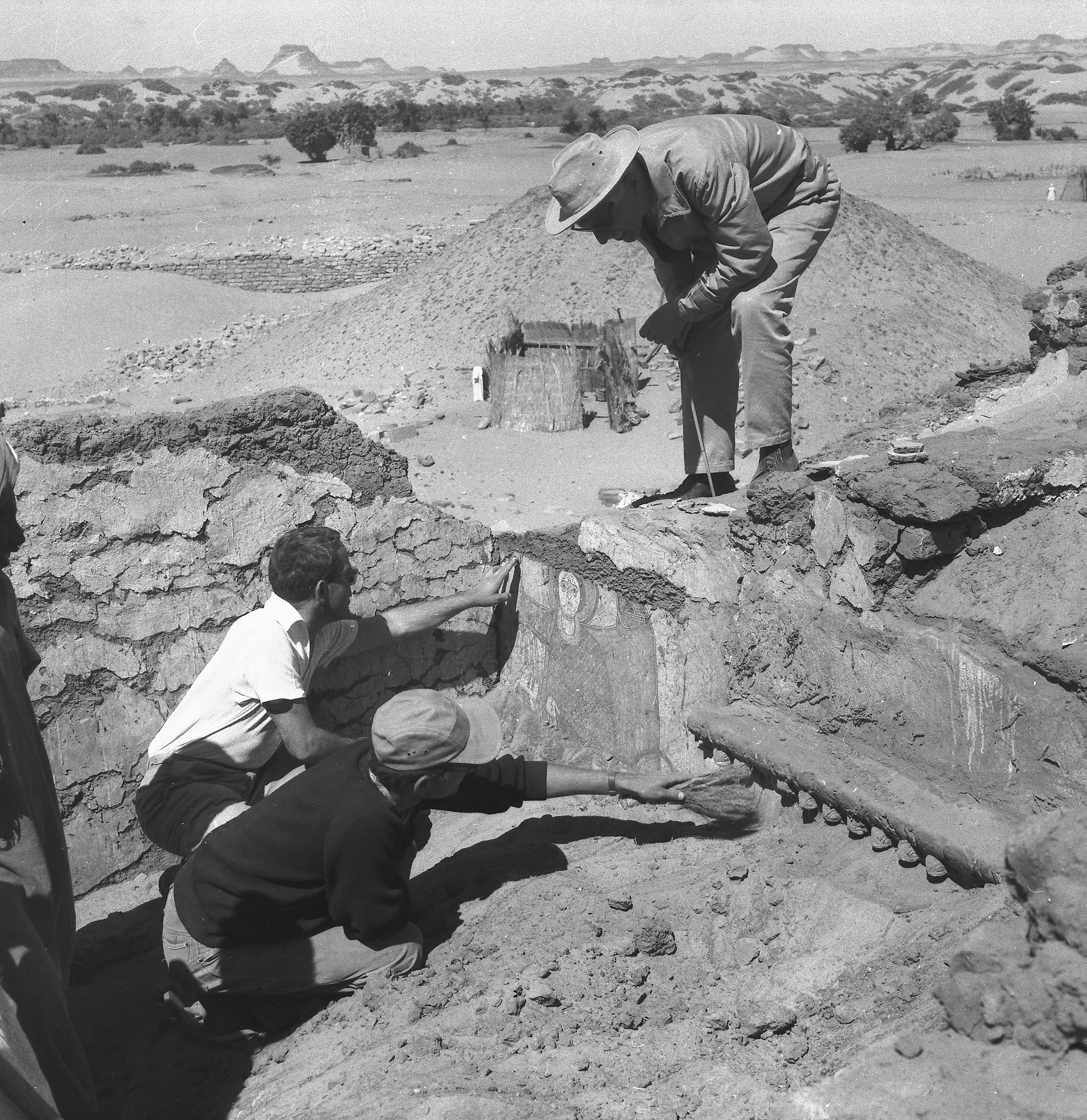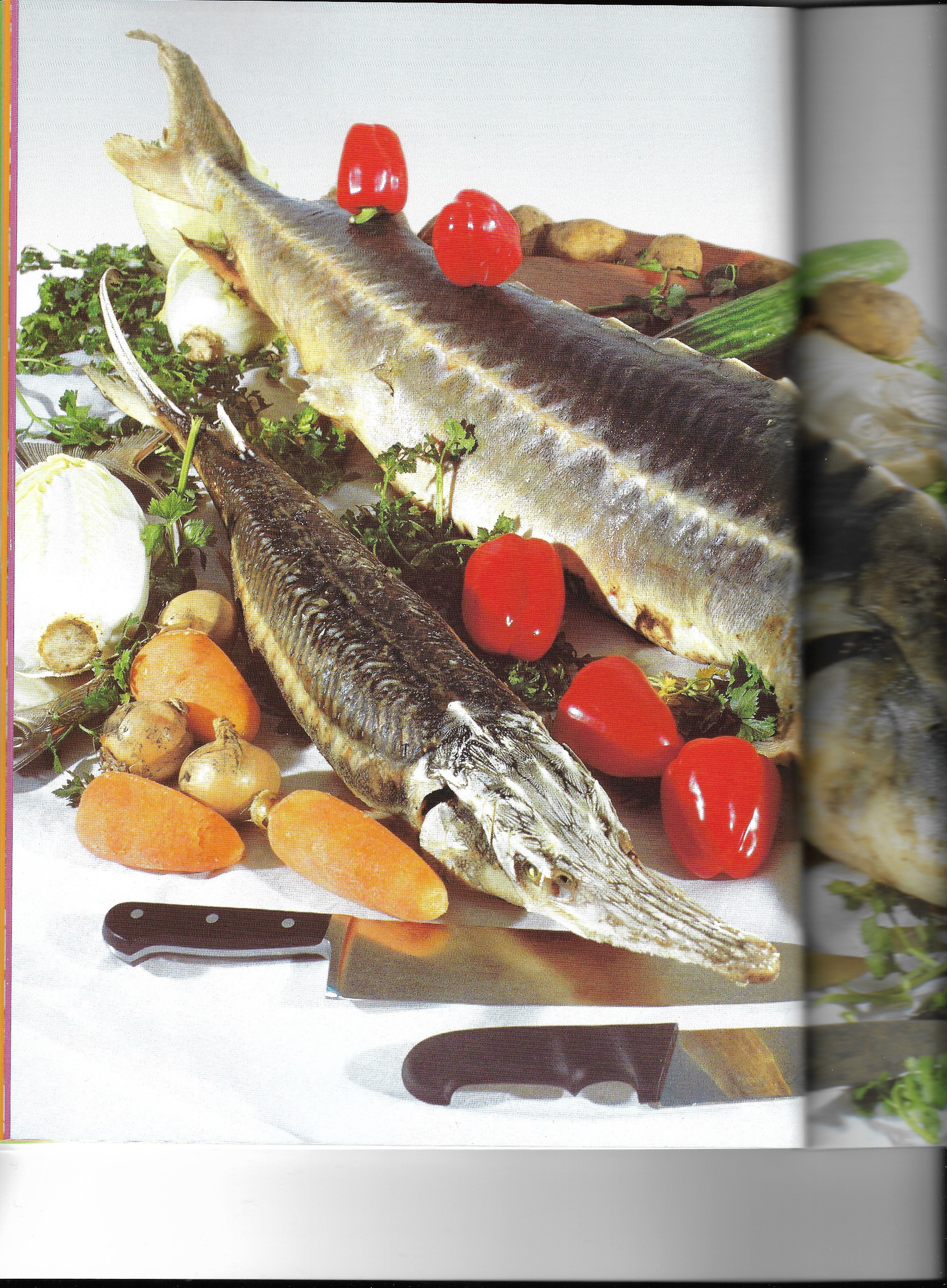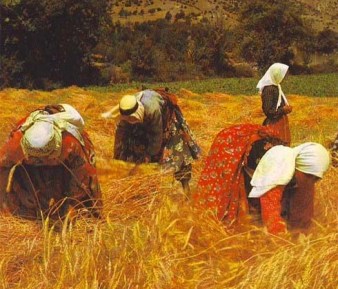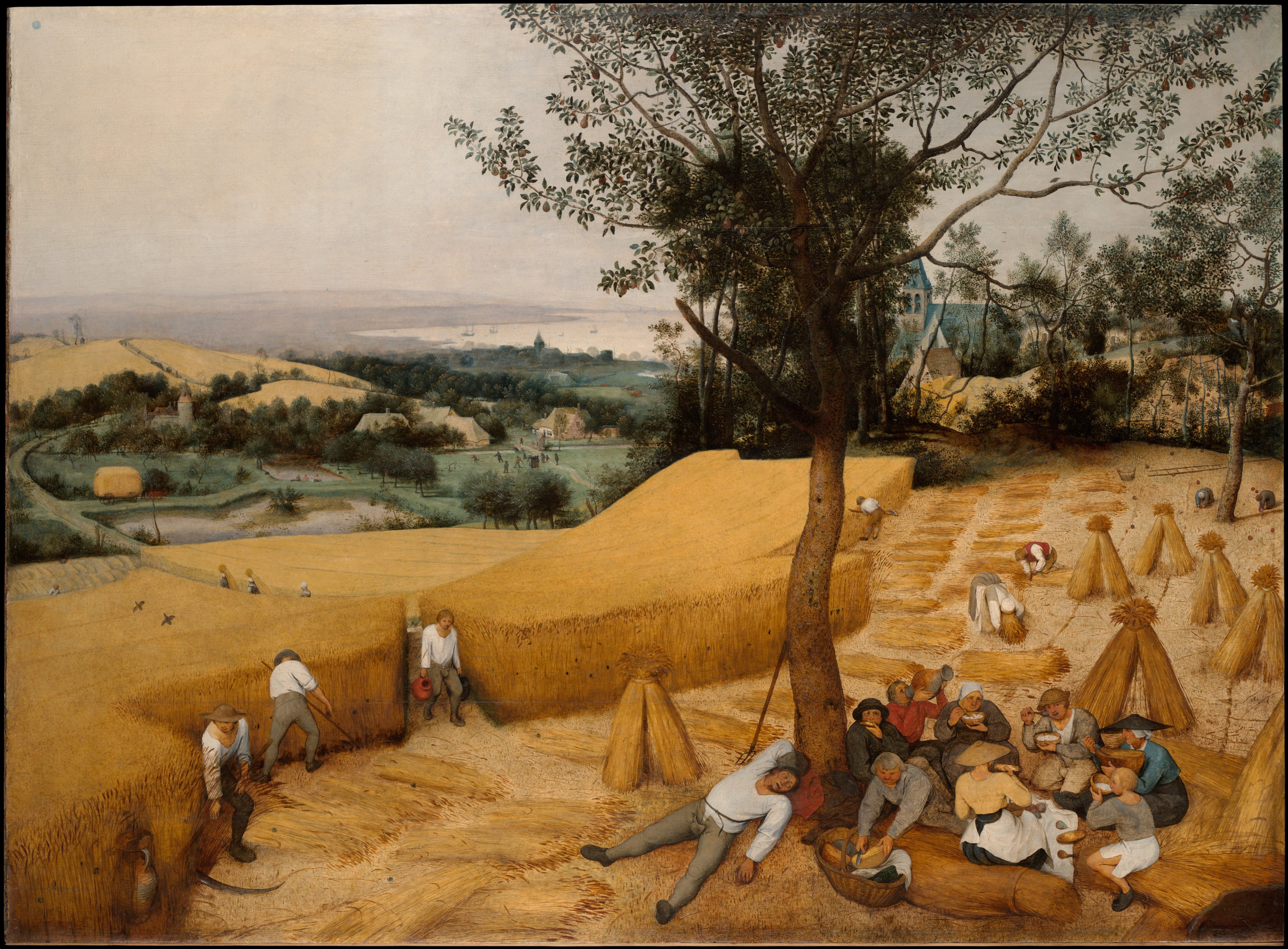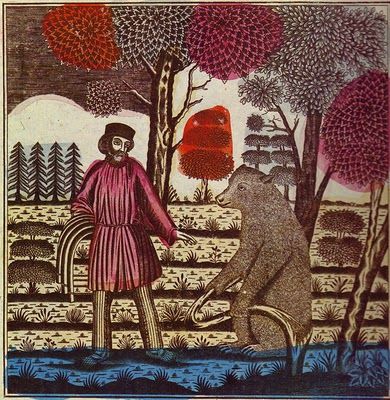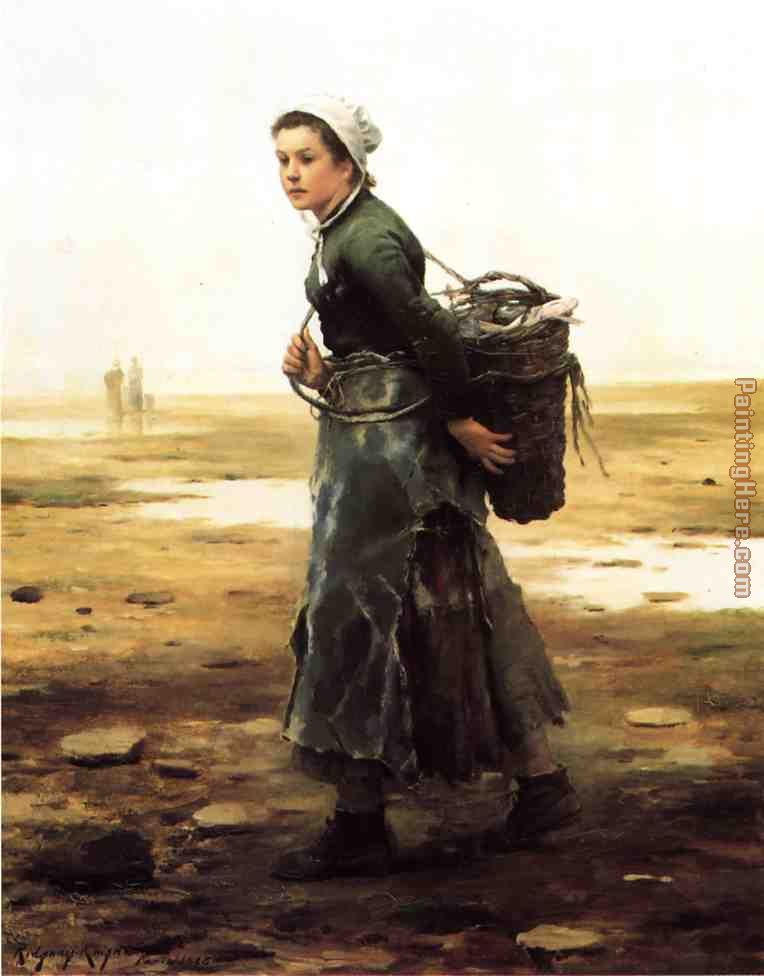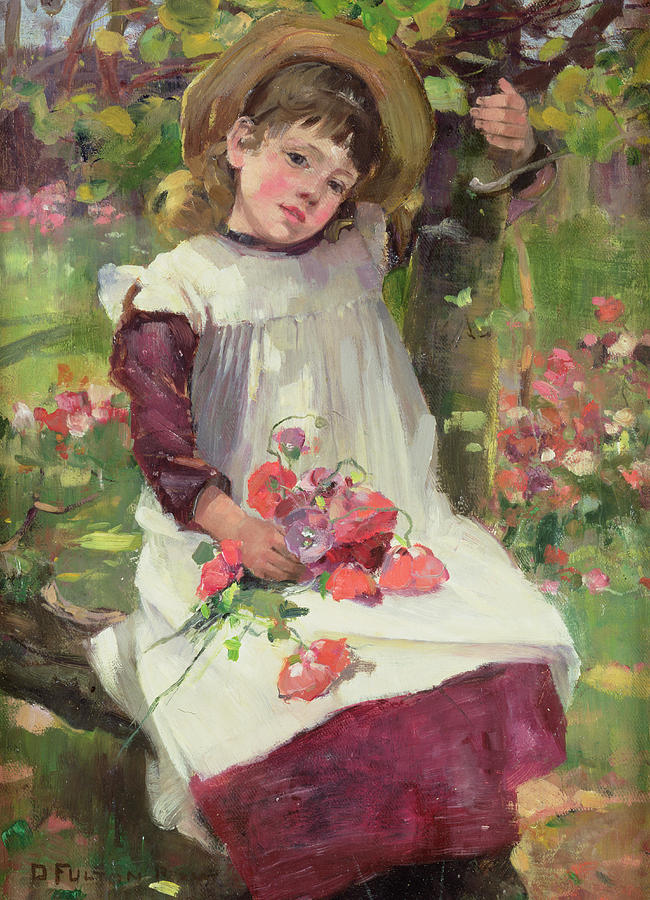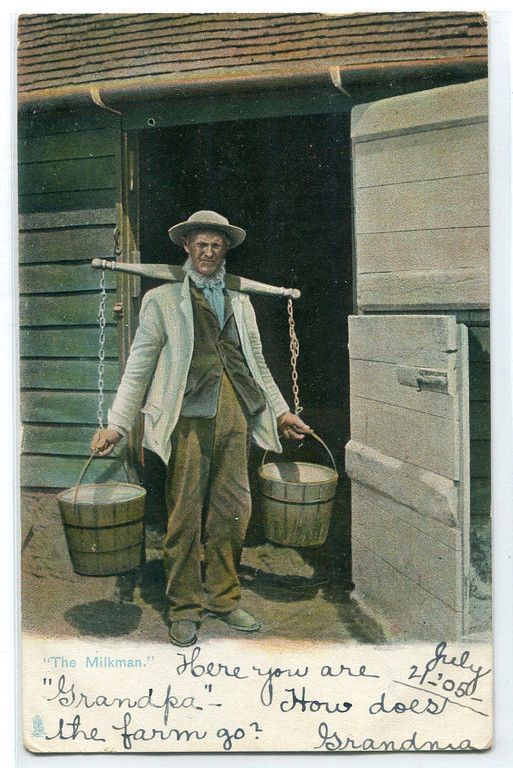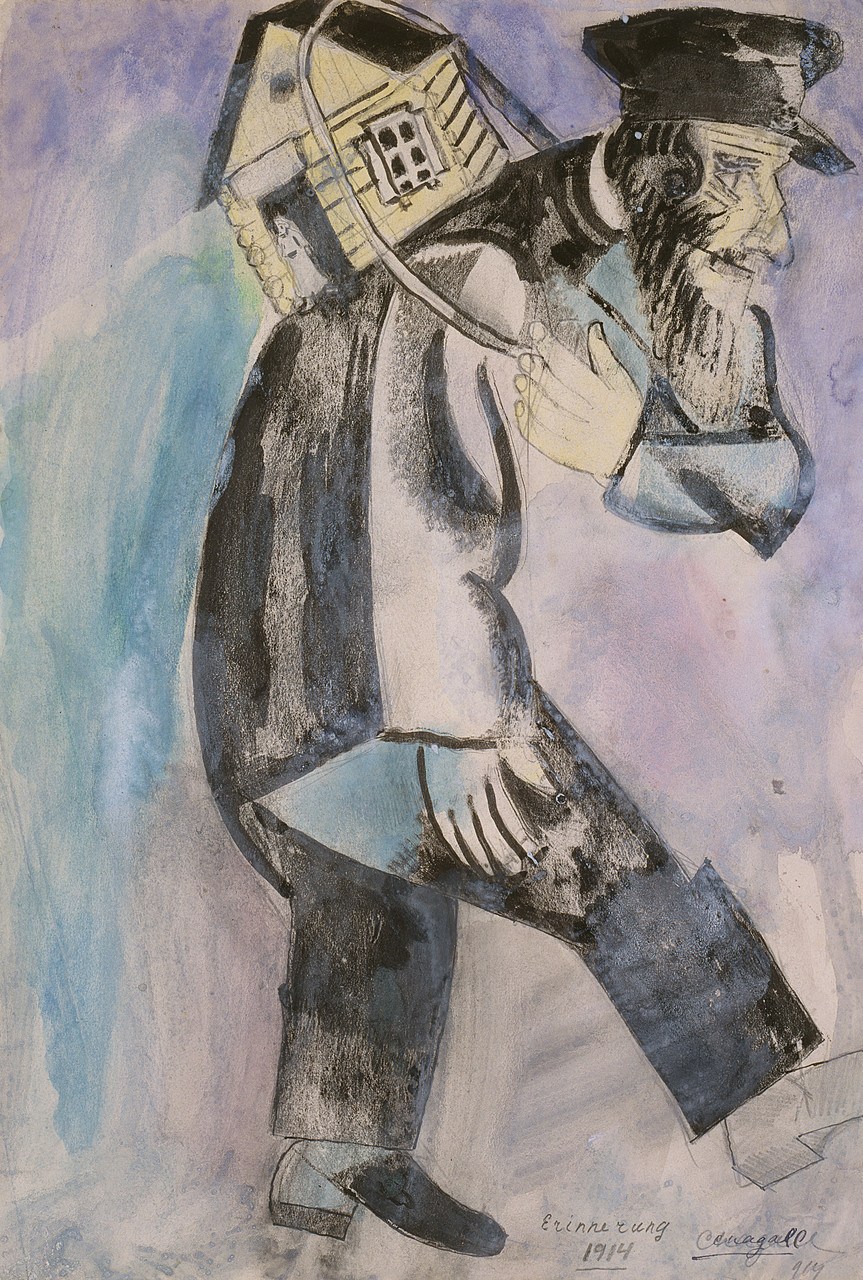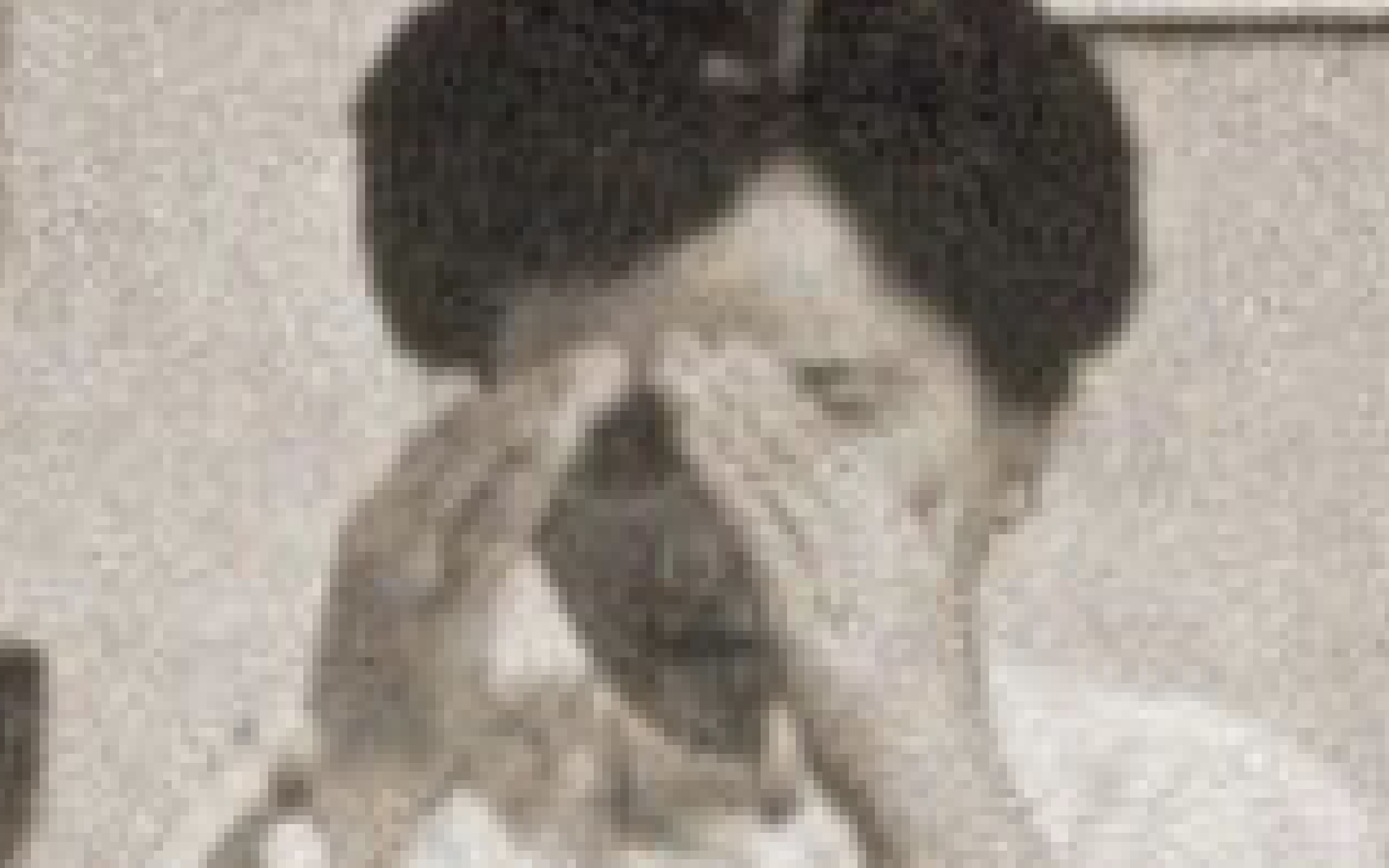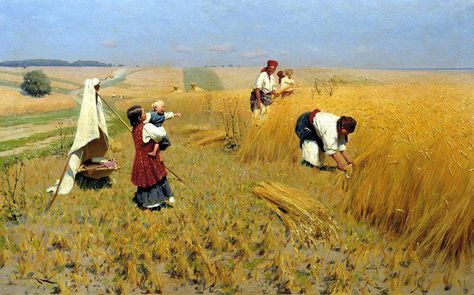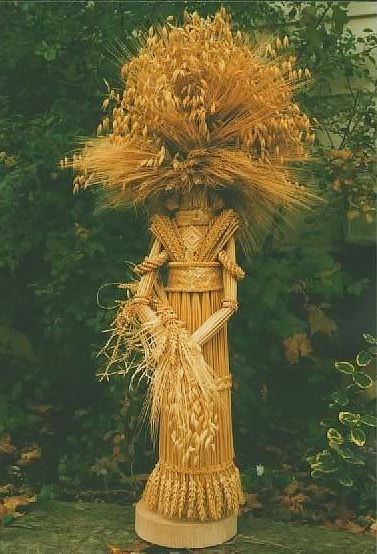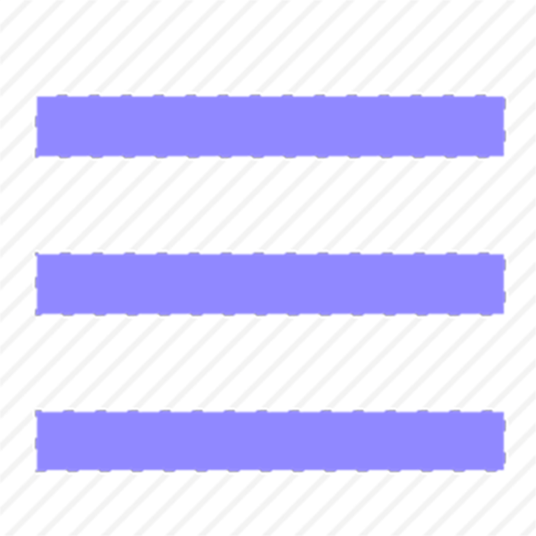Lara Bongard is an interdisciplinary artist, chef, and researcher whose practice bridges hospitality, cooking, writing, photography, and textile design. Rooted in embodied and transhistorical research, she explores ancestral memory, regenerative food cultures, cultural erasure, and migratory identities. Her work merges personal and collective histories into participatory installations, rituals, and sensory storytelling that challenge singular narratives and cultivate plural perspectives on belonging. Through archives, myths, oral histories, and land-based practices, she reimagines what it means to feel at home in an uprooted world.
Building bridges between past and present, self and other, land and table, Lara uses a tactile language of word, colour, and image to break stigmas and foster deeper connection. Her multisensory practice invites us to embrace the multiplicity of our identities and imagine more reciprocal ways of being.
She holds a BA and MA in Visual Arts from LUCA School of Arts and has exhibited at institutions including the Jewish Museum Amsterdam, LJG, Blanco, LocHal, De Markten, and DeSingel. Her work is part of the Dutch National Collection, and she has participated in international residencies such as Casa Balandra, Robida, Cascina Lago Scuro, and L’Ane Vert, conducting fieldwork across the Mediterranean on food and heritage.
Her debut book, The Girl Who Crossed the River with a Tablecloth (Art Paper Editions, 2023), is part of The MET Library in New York. She contributes to METAL, MOLD, Mister Motley, and her Substack Portable Home, and is a member of the Fluid Futures research cluster and co-runs the SIT-PLU Lab at LUCA School of Arts. Since 2024, she is editor-in-chief of Woven Women.
︎ Full resume available upon request—contact me.
Building bridges between past and present, self and other, land and table, Lara uses a tactile language of word, colour, and image to break stigmas and foster deeper connection. Her multisensory practice invites us to embrace the multiplicity of our identities and imagine more reciprocal ways of being.
She holds a BA and MA in Visual Arts from LUCA School of Arts and has exhibited at institutions including the Jewish Museum Amsterdam, LJG, Blanco, LocHal, De Markten, and DeSingel. Her work is part of the Dutch National Collection, and she has participated in international residencies such as Casa Balandra, Robida, Cascina Lago Scuro, and L’Ane Vert, conducting fieldwork across the Mediterranean on food and heritage.
Her debut book, The Girl Who Crossed the River with a Tablecloth (Art Paper Editions, 2023), is part of The MET Library in New York. She contributes to METAL, MOLD, Mister Motley, and her Substack Portable Home, and is a member of the Fluid Futures research cluster and co-runs the SIT-PLU Lab at LUCA School of Arts. Since 2024, she is editor-in-chief of Woven Women.
︎ Full resume available upon request—contact me.
